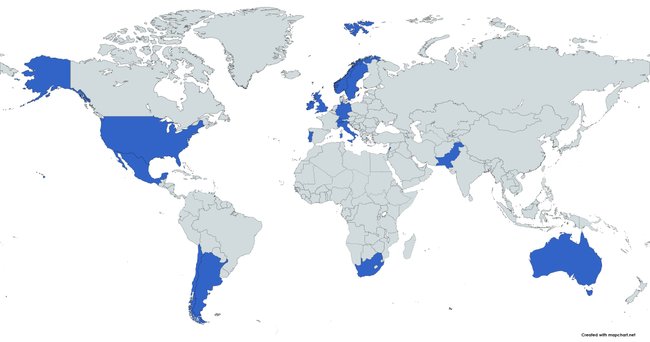Scanning electron microscopy image of clusters of aerobic Gram-negative, non-motile Acinetobacter baumannii bacteria.
Photo credit: Janice Carr, CDC, https://microbewiki.kenyon.edu/index.php/File:9327_lores.jpg
Acinetobacter baumannii: An opportunistic pathogen of worrying health concerns
Acinetobacter baumannii, named after the bacteriologist Paul Baumann, is a typically short, rod-shaped (coccobacillus) Gram-negative bacterium. It is able to grow on MacConkey Agar as a lactose non-fermenter. A. baumannii is also a glucose-non-fermenter (as opposite to Enterobacterales) and oxidase-negative (as opposite to Pseudomonas).
Although it has occasionally been found in environmental soil and water samples, the natural habitat of A. baumannii is still not known. A. baumannii is more often isolated from clinical samples and hospital environments than natural sources.
A. baumannii can be an opportunistic pathogen in humans, commonly affecting people with compromised immune systems, and is becoming increasingly a key nosocomial a hospital-acquired infections.
13th International Symposium on the Biology of Acinetobacter
The 13thSymposium on the Biology of Acinetobacter will be held in Coimbra, Portugal, from 21 to 23 June, 2023.The meeting will focus on the recent developments of Acinetobacter spp. research and will bring experts from diverse scientific areas (clinical, antimicrobial resistance, environment, genetics, pathogenicity, new therapies, etc).
Ab-web: educational website and communication tool
Our "Acinetobacter baumannii" website (Ab-web) is a public service that supports scientists, healthcare staff, and other fans of this bacterium. It offers a solution to share data, hypotheses, research designs, drafts and samples with peers, in order to make our research projects more accessible, verifiable and robust and to enlarge the dissemination and impact of our results.
The platform provides an online resource for individual researchers, data scientists, and teams to get access to a range of hot topics, challenging issues, and regularly updated news. It is an interdisciplinary and fully open science platform for peers to contribute to an already existing project by adding their own building blocks, or to establish a new project targeting a research question of common interest.


